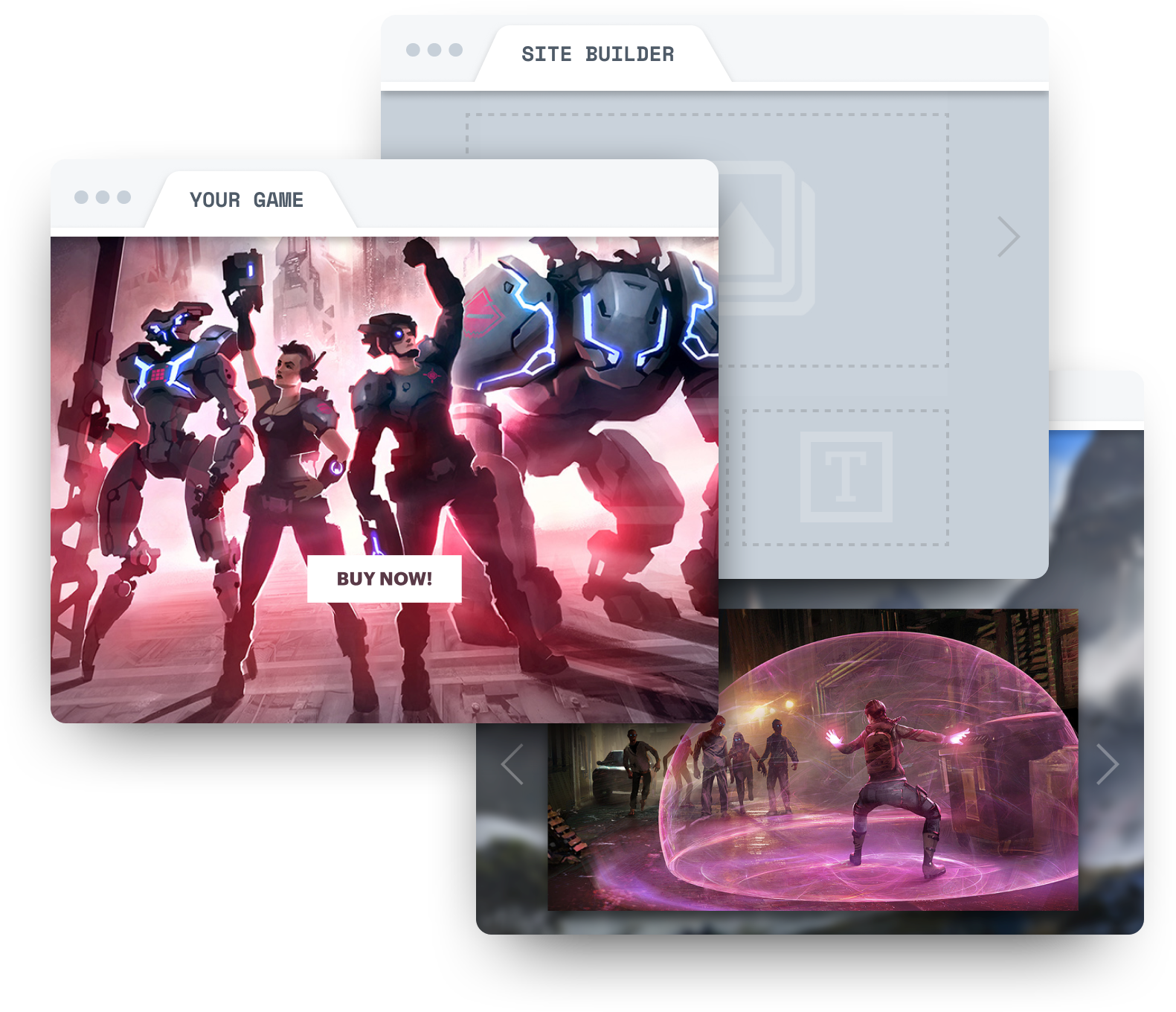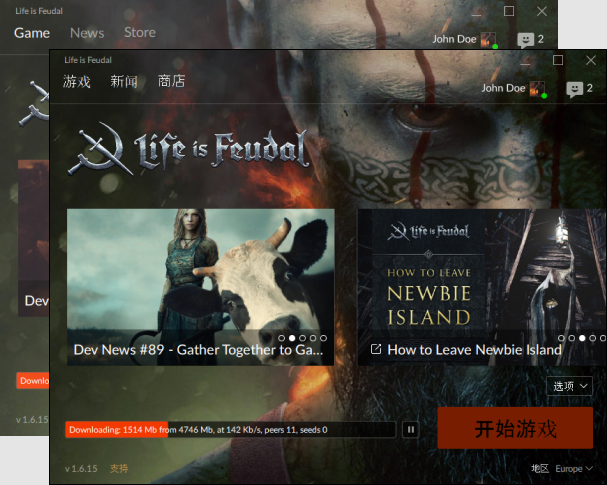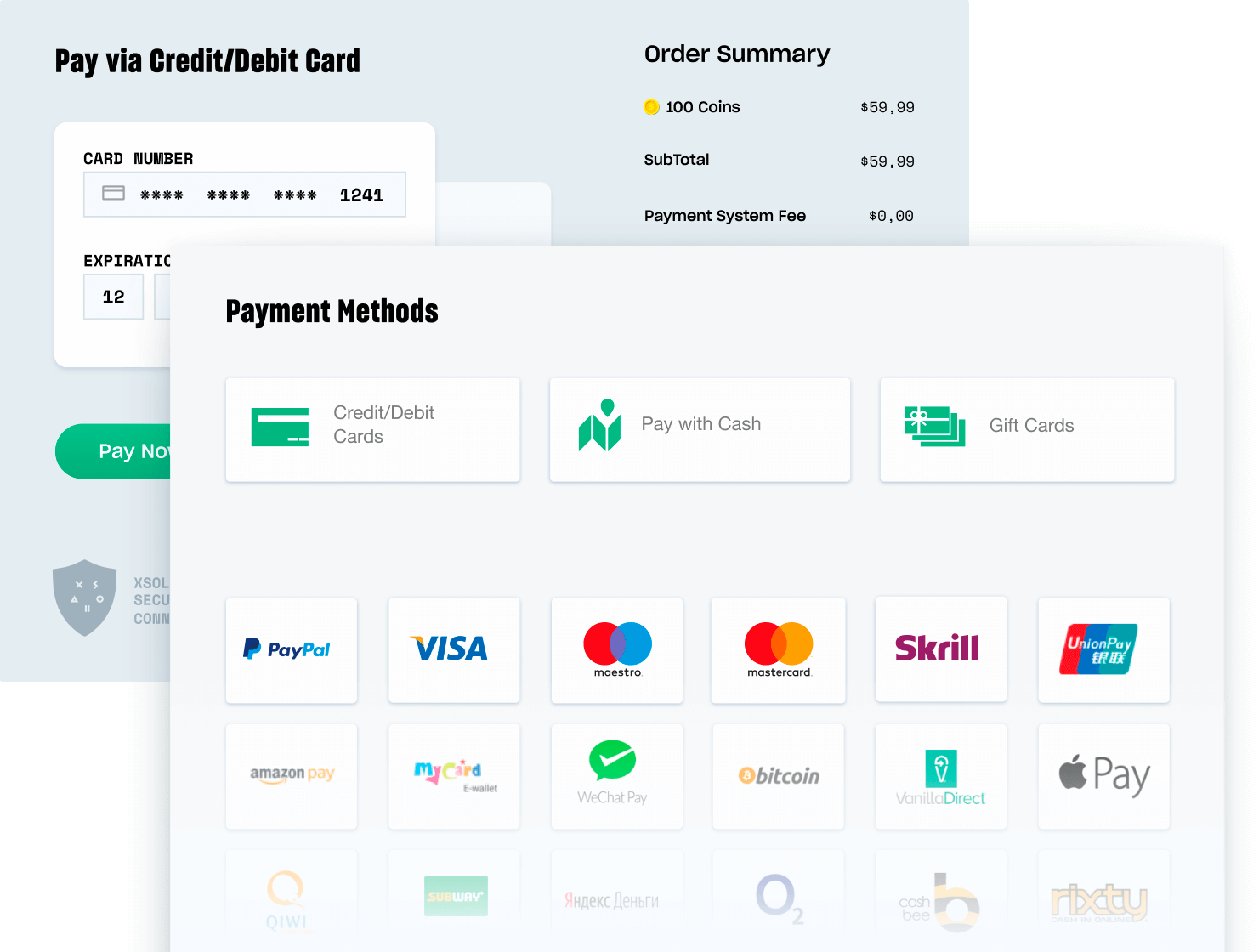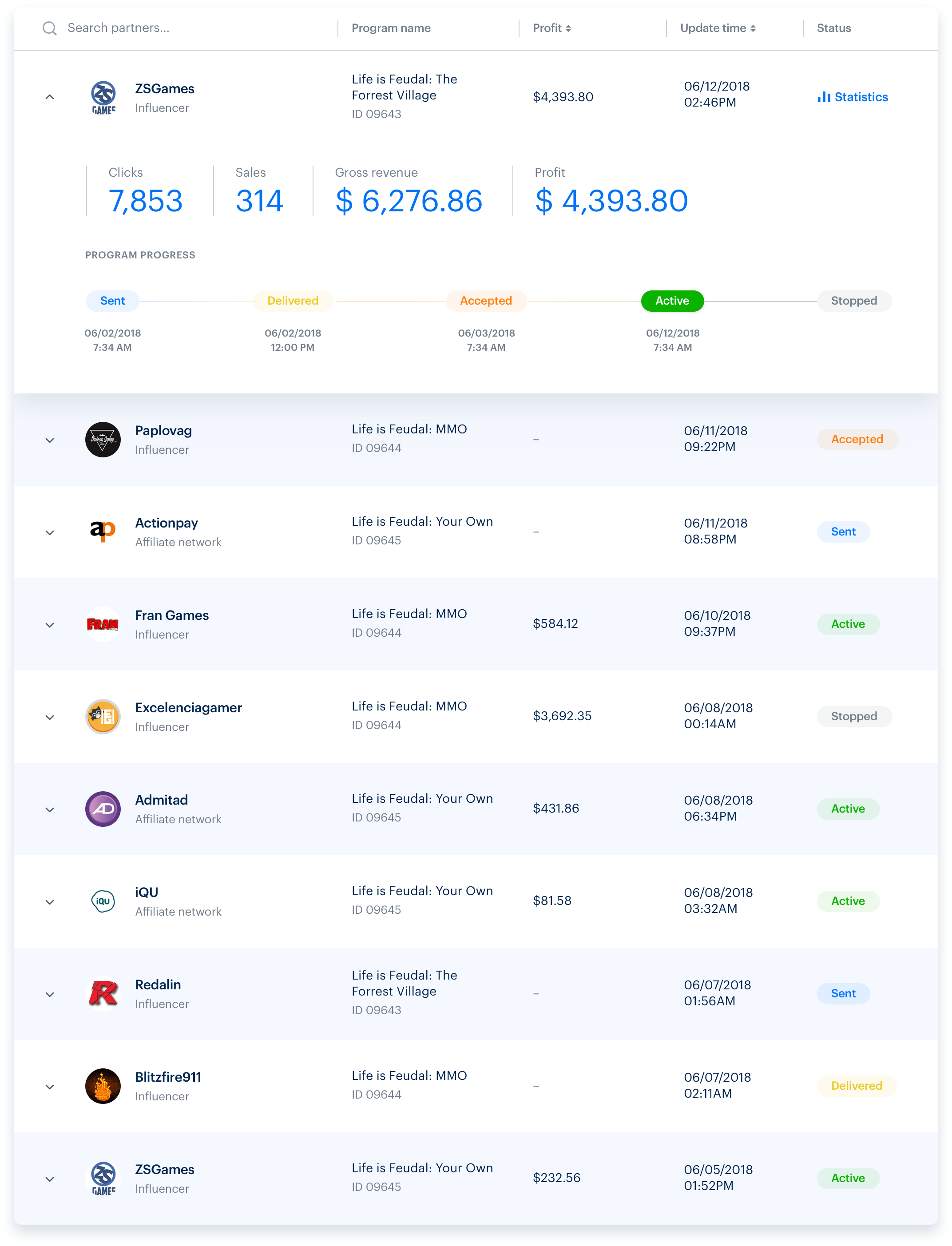7 Xsolla tools for self-publishing and monetizing games on PC
In June of this year, the release of the updated Xsolla ecosystem took place. Known for its monetization solutions, the company has expanded its product pool. Now, its services meet the publishing needs of game development teams.
However, Xsolla's founder, Alexander Agapitov, positions the ecosystem differently. He insists that its main goal is not so much to publish but to help developers earn more.
Together with Xsolla, we have prepared an introductory overview. It briefly examines all the products the company currently offers. We also aimed to answer why these products might be needed.
1. Site Builder
What?
A service that allows you to create a landing page for a game. The Site Builder lets you add descriptions, backgrounds, trailers, and screenshots to the site. Developers can also add a registration form and a store.
In addition to direct distribution, developers can use it to accept pre-orders for the game. There is also the option to sell starter packs (where the base game is available for a minimum price, and slightly more expensive packs include skins, additional in-game items, a soundtrack, and exclusive art, or DLC).

Why?
It's better to gather an audience around your own platform rather than just a game page in one or two marketplaces. This approach allows for closer interaction with players and the ability to build their database.
Furthermore, by acquiring traffic, a developer can direct it straight to their own project rather than, for example, a Steam game page where conversion from clicks to installs can't be tracked. Also, remember that when buying traffic for a game hosted on a third-party platform, you're essentially driving users to the platform first, not the game.
2. Launcher
What?
The Launcher is also a builder, but for a standalone application rather than a webpage. It can be described as both an installer and a hub that can integrate a store.
The user downloads the launcher from the game’s site. After key activation or game purchase, the download of the distribution and all updates begins. It also uses modules such as news, banners, and notifications to keep the user informed about the latest in-game events.
In other words, it's akin to Blizzard's Battle.net or Ubisoft's Uplay.

Why?
There are three key advantages.
First, the most obvious. In your own launcher, just like with your own website, there’s no need to pay 30% to the store from sales. However, with Xsolla, there's a nuance. In short, you’ll still need to pay, but significantly less—5% (whether you're connecting one product or all, Xsolla's share of sales will be 5%).
Second, if your first game sells well on your platform, when releasing the second, third, etc., you won’t have to worry about sourcing traffic.
On Steam or GOG, you can't just notify all your players about a new game. You begin your marketing crusade from scratch, as if you didn’t already do this for your debut release. With your own launcher that sends push notifications and has its own message feed, this is not an issue.
Third, thanks to the launcher's capabilities, developers can notify about discounts, DLC, new content, etc., which leads to increased retention.
3. Store
What?
A tool that enables the organization of game distribution and other content sales on a site or in a launcher (not necessarily the ones offered by Xsolla—stores can also be attached to custom solutions). This includes in-game currency, coupons, subscriptions, and so on. Moreover, the service allows for promotions, discounts, and sales.

Why?
Primarily, to sell your game from your own page or launcher. If your site doesn't allow immediate game purchase and download, the page's purpose is questionable. Additionally, the store enables selling add-ons, in-game items, and currency to players.
With your own store, if you succeed in gathering a large audience, there's potential to significantly increase revenue by directly offering merchandise and products from like-minded teams, effectively becoming a publisher (but it's smarter to view this function as cross-selling, where a partner sells your games to their audience in their store, and you sell theirs in yours, mutually boosting revenue).
4. Payments
What?
It’s a tool that processes the payment for goods. In other words, while “Xsolla Store” allows you to link game content to the showcase, display attractive product images, and track sales, “Xsolla Payments” facilitates the transaction from user to developer. As with “Xsolla Store,” it can be linked to custom stores (as Electronic Arts did with Origins, for example).

Why?
The most obvious answer is to avoid creating a comprehensive solution yourself, which would require not only development team effort but also inevitable business meetings with numerous payment systems.
5. Authentication
What?
This is a ready-made solution for embedding login mechanisms, allowing developers to collect email addresses and social media information of users who register on the game site. It also facilitates logins to launchers and the game itself. It supports 30 authorization methods, including Steam, Google, Twitch, WeChat, and more.
A key feature of this solution is its automatic compliance with local laws. In other words, if collecting user email addresses is restricted in a certain country, it won't collect them.

Why?
The answer to “Why have authentication in a game?” depends on the type of product. For multiplayer games, it's vital for player security, similar to multi-factor authentication, offering a simple way to identify issues and recover data. For single-player projects, it’s a tool to learn more about the audience, which can aid in marketing efforts.
6. Anti-Fraud
What?
Another tool that's primarily a crucial feature within the system rather than standalone. Anti-Fraud works closely with “Xsolla Payments,” “Xsolla Authentication,” and “Xsolla Store.”
Its purpose is to eliminate game security threats—preventing players from cheating, thus purchasing items in the store with illegitimately obtained funds.

Why?
An independent store, which allows direct revenue from users, opens up new monetization opportunities but also poses new challenges. In this case, it involves safeguarding financial flows. Simply put, ensuring that real payments are made in the store, attempts to breach the system are blocked, and violators are banned. “Xsolla Anti-Fraud” manages this automatically.
7. Partner Network
What?
Essentially, it is an automated marketing platform that enables developers to buy traffic from vloggers using a revenue share model.
It operates approximately like this: a developer accesses the admin panel of the partner network, selects the desired audience, target channel themes, their size (the campaign can target both small and top channels), and the percentage they’re willing to share with influencers. The channels then decide if the game and terms are appealing to them.
Currently, Xsolla's partner network includes over 4,000 influencers and works with more than 50 CPA networks. Additionally, the network's admin panel includes analytics that shows the number of referrals, transactions through those referrals, total revenue, and profit.

Why?
The “Xsolla Partner Network” solves four tasks that small teams generally can’t implement effectively.
First. It provides promotion without real funds on the account, as long as the influencer is interested in the game.
Second. The developer pays a sales percentage for direct, not abstract, visibility and recognition. If a specific streamer brings a specific buyer who spends $50, the developer shares a percentage from those $50.
Third. This model ensures a longer sales tail since it's beneficial for bloggers to regularly create content about the game (and its updates and promotions) if they see their audience buying it.
Fourth. There’s no need to establish relationships, negotiate, or track posts. The process is automated.
Service page: Xsolla